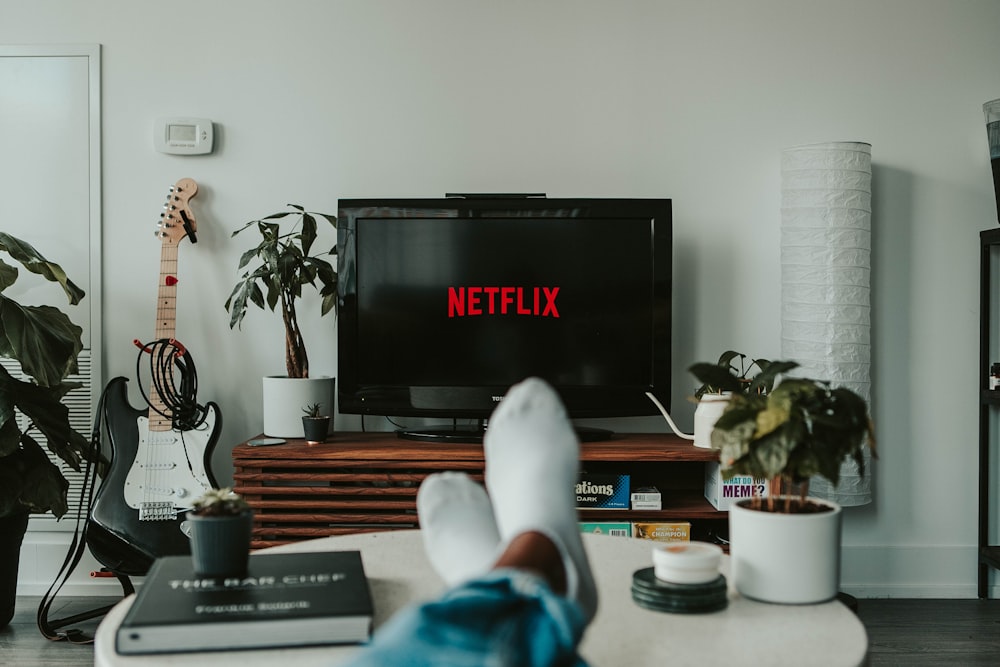For many people, the first thing they want to do after getting home from the office is plop down in front of the TV and binge-watch their favorite Netflix show. And while there’s nothing wrong with finding a way to relax and unwind, those who are at risk for obstructive sleep apnea should probably reconsider how they spend their free time.
This is because recent research into risk factors for obstructive sleep apnea makes the difference between exercising and watching TV startlingly clear. If you want to enjoy restful sleep, free of the interruptions caused by sleep apnea, a change to a more active lifestyle could be in order.
New Findings on Exercise and Watching TV
This new research focused on the link between physical activity, sedentary behavior, and the risk for developing obstructive sleep apnea. While research had already shown in the past that low levels of physical activity can increase sleep apnea risk, the study from Brigham and Women’s Hospital and Harvard Medical School in Boston, MA, Johns Hopkins Bloomberg School of Public Health in Baltimore, MD puts this into greater perspective.
The study evaluated the habits of over 137,000 participants, taking into account all forms of physical activity, such as walking, weightlifting, or swimming. The results were extremely clear-cut. For example, people with sedentary jobs had a 49 percent higher risk of developing obstructive sleep apnea.
However, TV habits proved to be the biggest factor of all. Study participants who watched four or more hours of TV per day increased their risk for sleep apnea by 78 percent in comparison to active individuals.
Not surprisingly, excess TV watching was also linked to obesity (another risk factor for sleep apnea), as well as cardiovascular disease and type 2 diabetes (potential side effects of sleep apnea).
What’s the Big Deal With Sleep Apnea, Anyway?
Obstructive sleep apnea is a sleep disorder in which a person’s breathing passages close off during sleep, typically due to excess fatty tissue around the throat. When you stop breathing, your brain sends a signal to wake up, causing you to gasp or choke for breath. Most people fall back asleep almost immediately, so they aren’t even aware that they woke up during the night.
Unfortunately, these frequent nighttime awakenings will still have a tremendous impact on your sleep quality. This keeps you from enjoying the uninterrupted deep sleep and REM sleep that you need to feel fully rested and rejuvenated in the morning. As a result, those who suffer from sleep apnea experience intense daytime fatigue. Unsurprisingly, this also contributes to irritability and difficulty concentrating.
Over time, a lack of quality sleep can increase your risk for other health complications. Poor sleep has been linked to heart disease, high blood pressure, type 2 diabetes, depression, and other serious ailments. It can also weaken your body’s immune system, leaving you at greater risk for illness and infection.
How to Start Healthier Habits
As the study results make clear, your level of daily physical activity can have a direct impact on your risk for obstructive sleep apnea. Taking steps (pun intended) to become more active will help you maintain a healthy weight and lower your chances of developing this sleep disorder.
Of course, it can be hard to change habits that have become engrained over the years. Here are some ideas to get you on the path to a more active lifestyle:
- Set limits to TV time. It can be easy to get wrapped up in a show that you’re binge-watching, so set an alarm that will let you know when it’s time for a break. At a minimum, you should get up and move around after an hour.
- Get moving while watching TV. Whether you’re doing jumping jacks or folding laundry, even being a little active is better than sitting on the sofa.
- Make a plan to gradually start exercising more regularly. Calendar in at least 30 minutes a day when you can participate in some type of physical activity. If you don’t have a full 30 minutes available, try to find smaller intervals throughout the day. Don’t be afraid to cut out TV time so you can exercise!
- If it’s been a very long time since you’ve exercised, it may be a good idea to consult with your physician. They can give you guidance on ways to ease into a healthy exercise routine that matches your current abilities and reduces the risk for injury.
- Remember, every bit of physical activity helps. A walk around the neighborhood may not feel particularly strenuous, but each effort to get moving improves your strength and endurance so you can build up to more intensive workouts.
Control Sleep Apnea With a CPAP Machine
If you’ve been diagnosed with obstructive sleep apnea, few things are more important for improving sleep quality and overall health than a quality CPAP machine. With a continuous flow of pressurized air, these devices will keep your airways open throughout the night.
Of course, purchasing CPAP equipment and accessories can sometimes be easier said than done, particularly if you don’t have health insurance. This is where No Insurance Medical Supplies comes in. With a wide range of discounted products from ResMed, Fisher and Paykel, and more, our CPAP machines will help you breathe better at night so you can get the rest you deserve.
By combining the use of a CPAP machine with more exercise and less TV time, you’ll be well on your way to better sleep and better overall health.



